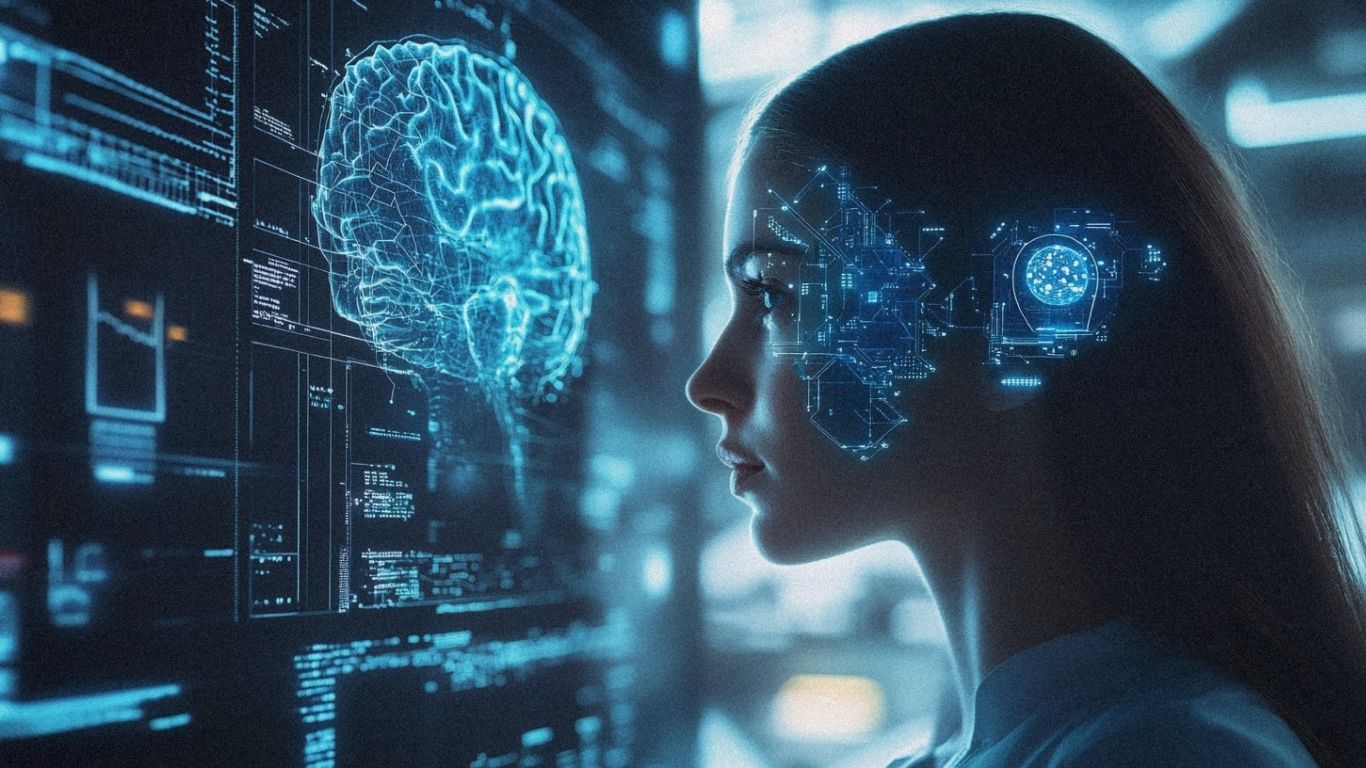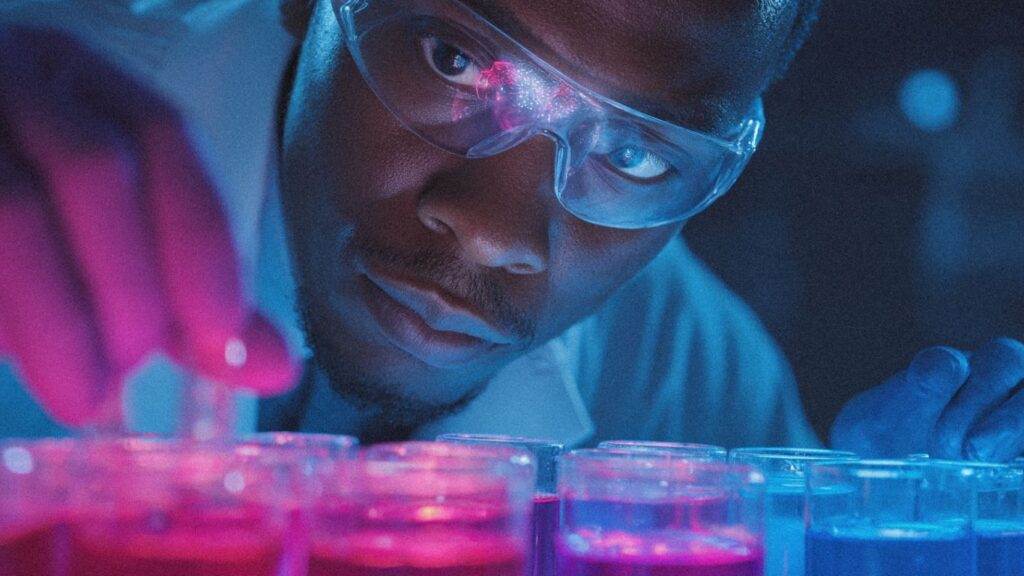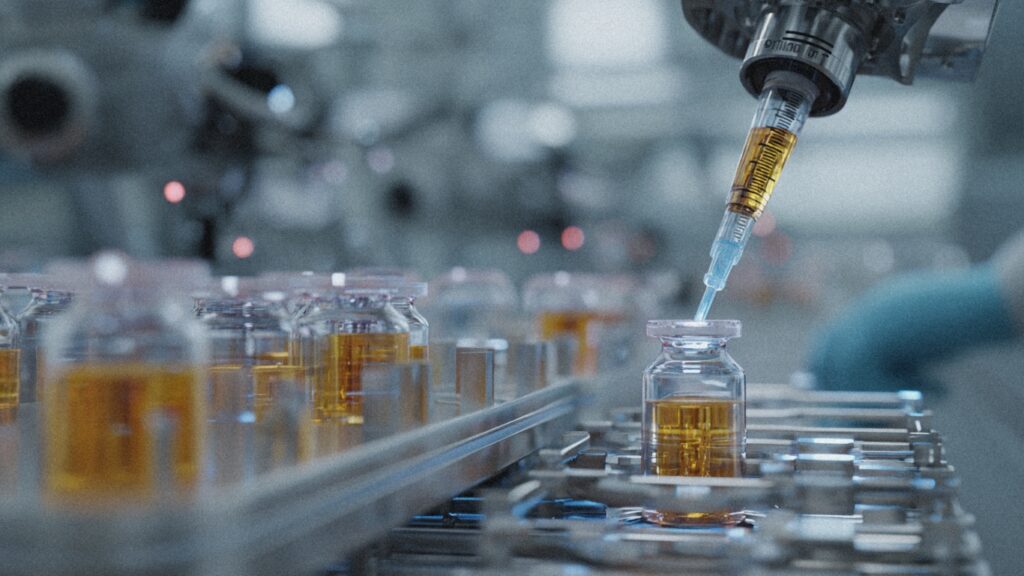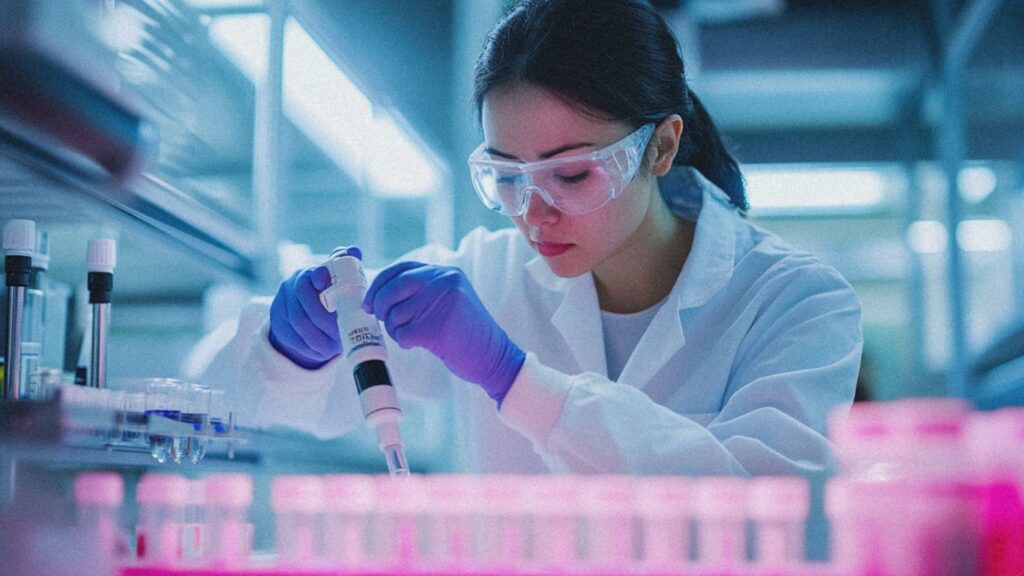Quick Summary
•Trend: AI-generated prior art is reshaping biotech patent law, challenging traditional approaches to intellectual property protection.
•Key Issues: Authenticity, enablement, public accessibility, and the erosion of non-obviousness standards complicate the patent landscape.
•Future Outlook: Legal frameworks must evolve to address AI’s role in innovation while maintaining fair protection for biotech inventions.
Generative AI is revolutionizing industries, and biotech is no exception. While AI’s role in drug discovery and diagnostics is widely celebrated, its impact on intellectual property (IP) law is more controversial. One of the most significant disruptions comes from AI-generated prior art, which is challenging traditional notions of originality and innovation in patents.
For biotech companies, this development raises critical questions about how to safeguard their inventions in an increasingly complex and automated landscape.
What is AI-Generated Prior Art?
“Prior art” refers to existing evidence that an invention is already known, disqualifying it from being patented. Generative AI, capable of producing sophisticated scientific and technical outputs, has introduced a new category of prior art. Tools like OpenAI’s Codex or Google’s DeepMind AlphaFold can create content or solve problems that rival human ingenuity, potentially undermining patent claims for biotech innovations.
For example, an AI system trained on genomic datasets might independently generate a novel biomarker or design a new therapeutic molecule. If such outputs qualify as prior art, biotech companies could face challenges in proving the originality of their inventions.
Challenges in Managing AI-Generated Prior Art
1. Authenticity and Enablement
•Patent systems require prior art to be sufficiently detailed and reproducible. AI outputs may meet these criteria in some cases but not in others, leading to ambiguity.
•How can patent examiners verify whether AI-generated content qualifies as authentic, replicable prior art?
2. Public Accessibility
•For prior art to be valid, it must be publicly accessible. Content generated by proprietary AI systems may blur the lines between public and private knowledge.
•Does an AI-generated result stored on a private server qualify as prior art?
3. Non-Obviousness Standards
•Biotech inventions must demonstrate “non-obviousness,” meaning they wouldn’t be immediately apparent to someone skilled in the field.
•AI’s ability to produce seemingly novel outputs challenges the interpretation of what constitutes an “obvious” invention.
4. Erosion of Blocking Patents
•AI could flood the patent landscape with overlapping claims, weakening the exclusivity of groundbreaking inventions.
5. Litigation and Enforcement
•In patent disputes, proving the timeline and authenticity of AI-generated prior art could become a major hurdle.
Implications for Biotech Innovation
For biotech firms, robust patent protection is crucial for securing funding, developing drugs, and maintaining a competitive edge. The rise of AI-generated prior art could:
•Slow down the patent process as examiners grapple with the complexity of evaluating AI outputs.
•Erode the value of patents by creating redundancies in the IP landscape.
•Force companies to invest more resources into protecting their innovations.
Adapting Patent Law for the AI Era
To address these challenges, patent offices and regulators must evolve:
•Clear Guidelines for AI-Generated Content: Establish standards for evaluating the authenticity and enablement of AI outputs.
•Transparency Requirements for AI Tools: Companies using AI in innovation must document how their tools generate content to prove originality.
•Training for Examiners: Patent offices need experts trained in AI technologies to assess complex claims effectively.
The Road Ahead
As AI becomes an integral part of biotech innovation, its impact on patent law cannot be ignored. Companies must navigate this evolving landscape by staying informed about regulatory changes and adopting proactive strategies to protect their IP.
While AI-generated prior art poses challenges, it also offers opportunities to rethink and modernize patent systems, ensuring they remain fit for a rapidly advancing biotech ecosystem.



